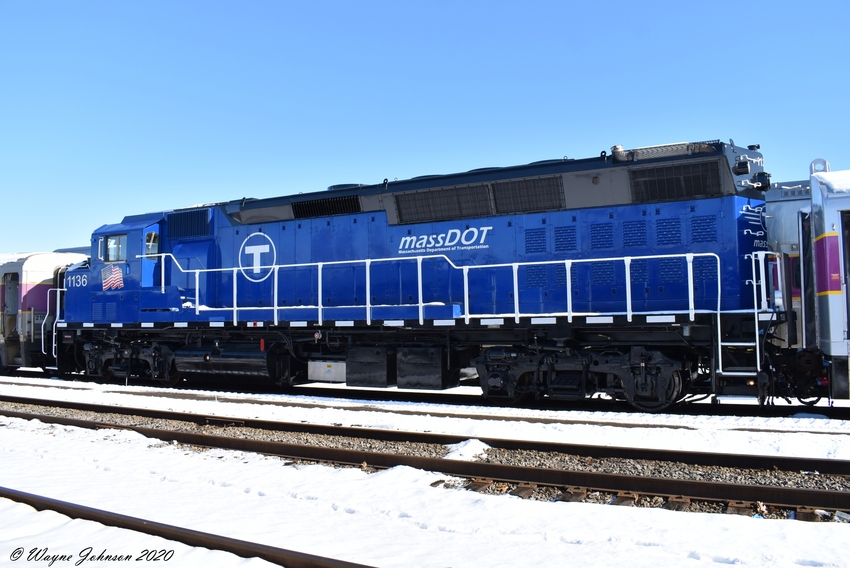There's no way this is one one-thousandth the health hazard of road treatments, which you track through your own home every day and no doubt end up ingesting in steady quantities through secondary body contact. Rail sand doesn't need to have melt product mixed in as ice on exposed steel melts very fast with sunlight, wheel friction, and heat transfer a considerable distance from the point of sunlight and/or nearest passing wheel friction. It's also very point-specific to where the extra traction is needed: two parallel 2-inch railhead surfaces, and nothing in-between or to the side (whereas road treatment has to be thrown out over enormous surface area to do any good...including exponential increasors like side streets, driveways, sidewalks, and parking lots far-removed from the main thoroughfare needing to be treated in order to functionally enable safe travel). And, yeah, this isn't like inhaling plaster dust; you need big SAND grains to lend any practical adhesion help for the very big machines with very big wheels that are making contact with the rail surface. Plus you're not making any physical contact with it unless you're illegally trespassing on the tracks, so it's not getting smeared all around your home and body like road treatment is.
If you want a concerning rail-related hazmat scare to get all bothered about, Google up the all the carcinogens that wood ties are dipped in and why RR's (Pan Am being New England's #1 offender of this with a bullet) keep getting fined into oblivion by the EPA for chucking used ties by the side of the railbed where drainage seeps the nasty stuff into the local ecosystem. Toxic silica in traction sand is the proverbial doormouse sitting next to every DOT and town Public Works Dept.'s ravenous road salt-belching Tyrannosaurus rex.

